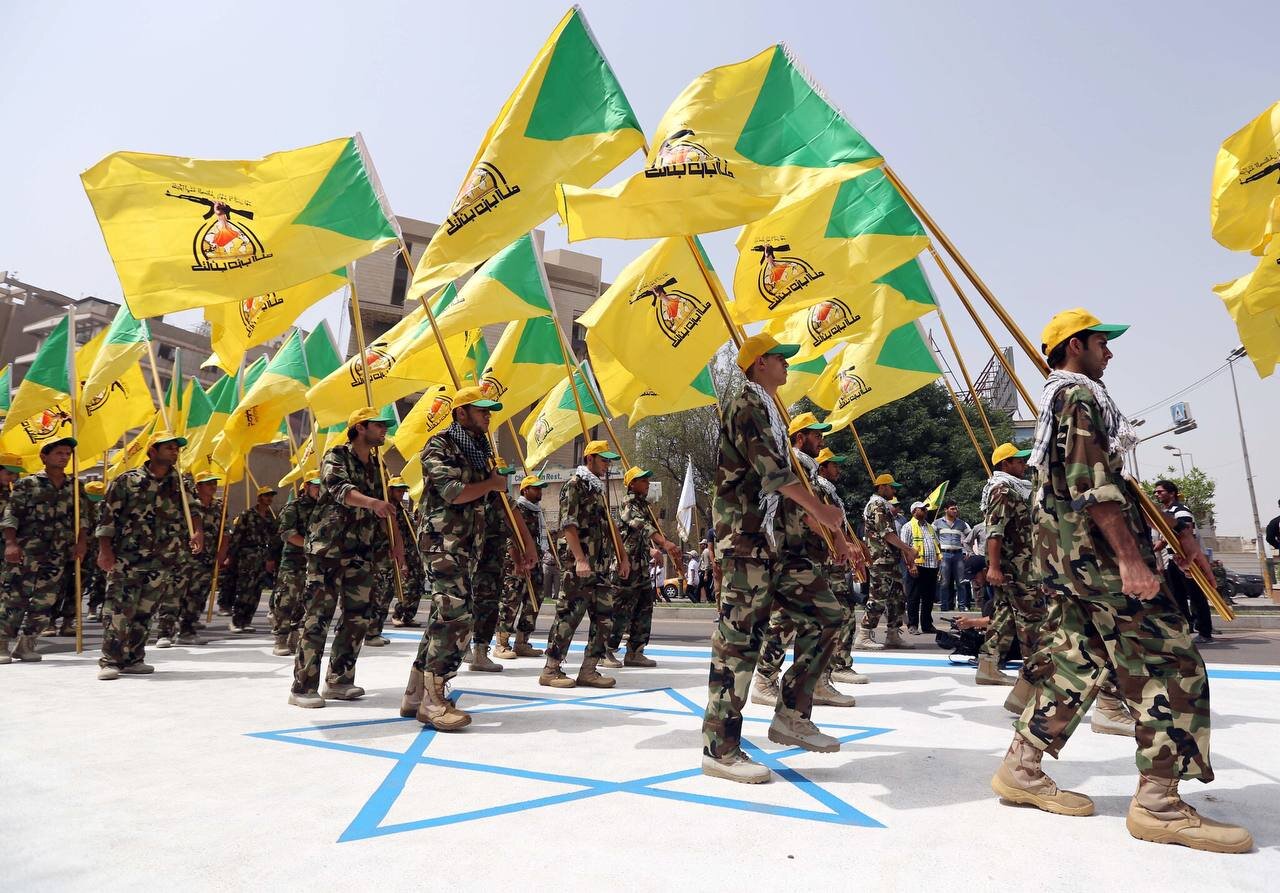Resistance groups are not pawns

TEHRAN – The whirlwind of recent headlines from The Washington Post and Reuters have taken center stage, where they have thrust into the spotlight audacious claims about Iran's alleged influence over regional Resistance groups.
The narrative unfolds dramatically, suggesting that, in a calculated response to the specter of a broader conflict, Iran has purportedly pressed these groups to momentarily suspend their assaults on U.S. troops.
Unraveling the complexity of these weighty claims requires a discerning eye, inviting us to plunge into the intricate dynamics that define the ties between Tehran and a diverse array of Resistance groups. However, it is crucial to dispel the notion that Tehran holds sway over every move made by these factions – a claim which is as naive as it is erroneous.
To brand these Resistance groups as mere pawns in Iran's geopolitical chess game is to grossly misrepresent the complex tapestry of allegiances and motivations that underpin their actions. These entities, while their interests may occasionally align with Tehran's, operate with a degree of autonomy that cannot be overlooked. The portrayal of them as proxies serves to oversimplify the intricate dynamics at play and undermines their agency as independent actors on the regional stage, a fact that the U.S. is undoubtedly aware of, but these claims are made, clearly, with alternative goals in mind.
Beyond the surface drama, such narratives perpetuate a damaging stereotype—casting Iran as the primary source of violence and instability in the region. By painting Tehran as the puppet master pulling the strings of these Resistance groups, these claims not only absolve the actors of responsibility but also serve to reinforce a one-dimensional view of West Asia’s geopolitical landscape.
In an effort to exacerbate tensions and perpetuate a cycle of violence, such claims are made to problematize the relationship between Iran and the Resistance groups, which are now aligning in the same direction and working toward shared goals, undermining the grand plans of the U.S. to control and manipulate the situation in West Asia. These fabricated narratives eclipse the varied realities on the ground, hindering efforts to address the root causes of instability in the region.
The attribution of a pause in attacks solely to Iran's influence dismisses the multifaceted motivations driving these Resistance groups. Their actions are propelled by a mosaic of regional concerns, internal dynamics, and strategic considerations that transcend alleged Iranian directives. Crucially, it is imperative to note that Iran vehemently denies these claims, emphasizing the potential for oversimplification and the perilous casting of doubt on the legitimacy of these groups' independent decision-making processes.
To comprehend these allegations fully, we must immerse ourselves in their historical context. Similar accusations of Iran's control over Resistance factions have been wielded as weapons in the past, sparking discord within the region. By perpetuating this narrative, there looms the risk of not only tarnishing Iran's standing but also instigating internal strife among these groups, potentially jeopardizing their united front against common adversaries.
As we navigate the convoluted realm of geopolitical narratives, it becomes increasingly evident that the persistent portrayal of Iran as a puppet master serve a purpose beyond their surface implications. At the heart of these assertions lies a subtle but powerful undercurrent – a narrative carefully woven by the U.S. to provide a semblance of "self-assurance" in the face of perceived losses in controlling the regional situation.
In recent times, the geopolitical landscape has witnessed a recalibration of power dynamics, with the U.S. experiencing a sense of unease as its influence in certain regions undergoes transformation. These claims regarding Iran's influence over Resistance groups can be seen as a strategic maneuver, a tool wielded by the U.S. to reconcile its own uncertainties and project an image of control.
By fabricating narratives that paint Iran as the orchestrator of regional unrest, the U.S. crafts a narrative that conveniently deflects attention from its own challenges in managing the shifting dynamics. This act of self-assurance serves a dual purpose – externally, it attempts to maintain an illusion of control and dominance, while internally, it provides a narrative that reassures the American public and policymakers alike.
In reality, these claims may be a manifestation of a coping mechanism employed by the U.S., a way to grapple with the discomfort of adapting to a transformed geopolitical reality. As the global landscape evolves, the U.S. may find itself grappling with a sense of diminished control, leading to the creation of narratives that, at least rhetorically, place the blame on external actors such as Iran.
By Mehran Shamsuddin
Leave a Comment